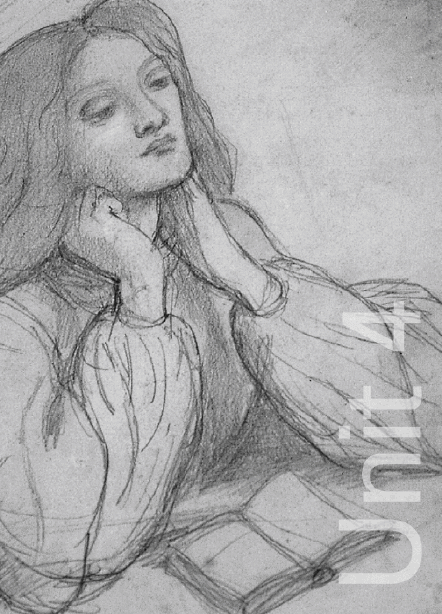 |
Home |
UNIT 4A VIEW POINTS
ABOUT THE UNIT
In this unit children explore how to convey the atmosphere and story of a dream.
They explore different viewpoints in the school environment as a setting for their dream. They invent a number of characters who are photographed ‘on location’ and develop a narrative to describe the dream. They go on to make prints based on the narrative. They compare the ideas, methods and approaches used in their own and other artists’ and print makers’ work.
UNIT 4B TAKE A SEAT
ABOUT THE UNIT
In this unit children explore the design of chairs. They discuss what chairs tell us about everyday life and the way people rest, eat and relate to each other. They look at examples of designs in the past and in other cultures as inspiration for developing their own imaginative designs for a chair for a particular character or occasion.
Look at, draw/list examples of chairs in school, at home and compare with the range of chairs in the gallery.
These include:-
Simple benches and stools in the galleries.
Chairs in the restaurants and café including high stools for babies which were specially designed by the architects. Metal chairs designed by Richard Wentworth as part of Gallery Square striped design – weather proof – can’t be vandalised or taken away.
Old Church benches are used in the Wharf bar next to the gallery.
Purpose built seats built into units and window seats in Discovery Gallery
Analysis – What is good chair design? Are they functional (with long/short legs), are they comfortable? Criticise in terms of uses, style, comfort, materials etc. Also explore the Ikea catalogue and shop layouts.
Look at early-20th-century classics – e.g. The elegant proportions and clean, flowing lines of Mies van der Rohe’s timeless Barcelona chair. This is an example of design for public places and how great designs don’t age. The modernist architect and designer Ludwig Mies van der Rohe often created furniture to reflect the architectural theme of his buildings and to complement their interiors. He made the Barcelona chair for the German Pavilion, his avant-garde modernist building that created a sensation at the 1929 Barcelona World Fair. This design is still available today and in demand by those interested in owning design classics.
|
designed by Richard Wentworth for the New Art Gallery |
designed by Richard Wentworth |
|
|
|
|
|
designed by Richard Wentworth |
designed by Richard Wentworth |
|
|
|
|
|
|
|
|
|
|
|
|
|
UNIT 4C JOURNEYS
ABOUT THE UNIT
In this unit children explore how signs, symbols and metaphors can be used to communicate ideas and meanings about a journey. They produce a mixed-media work, combining drawing, painting, collage and print-making techniques. They learn about artists, craftspeople and designers who communicate their ideas through signs and symbols.
|
Home |
A resource web for art teachers using the Garman Ryan Collection and the New Art Gallery Walsall, England as a source of inspiration for the delivery of the QCA National Curriculum 2000 art schemes of work to pupils in Key Stages 1-3 |